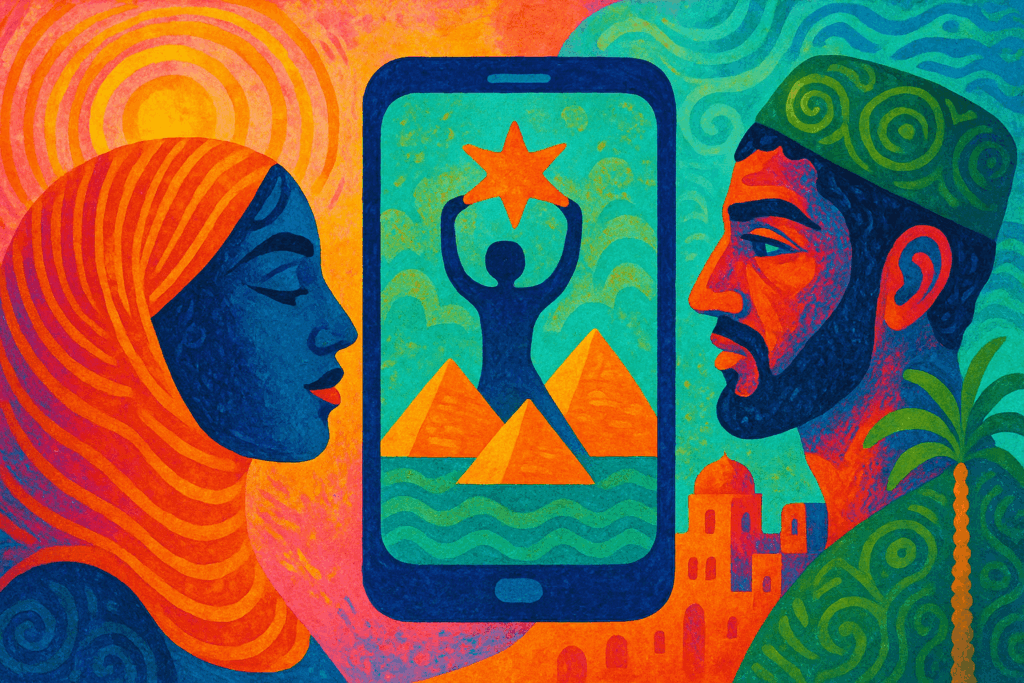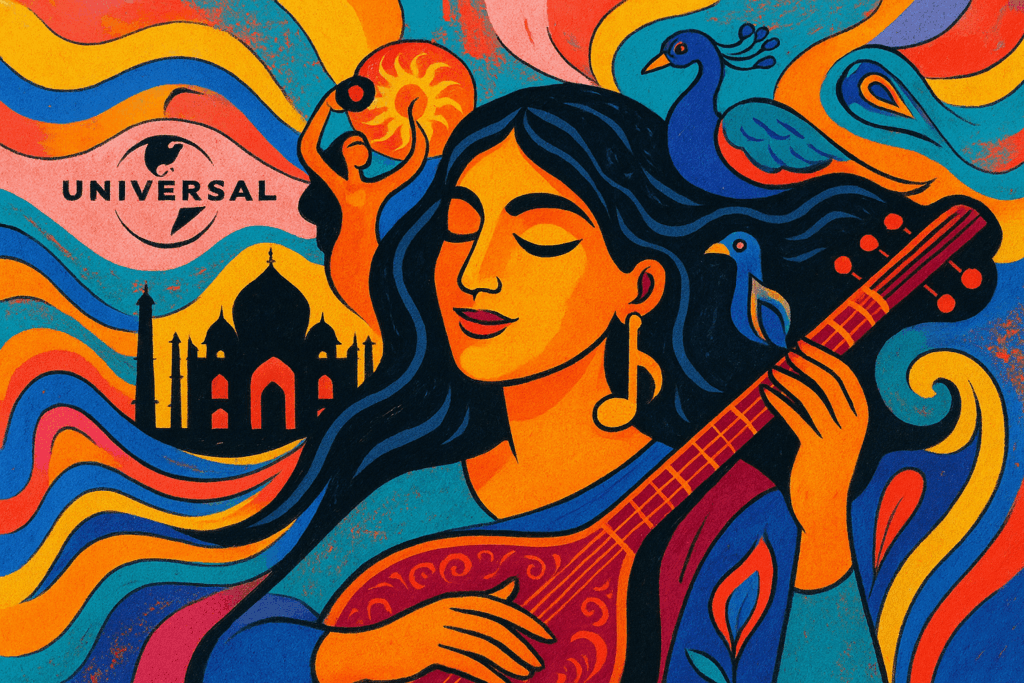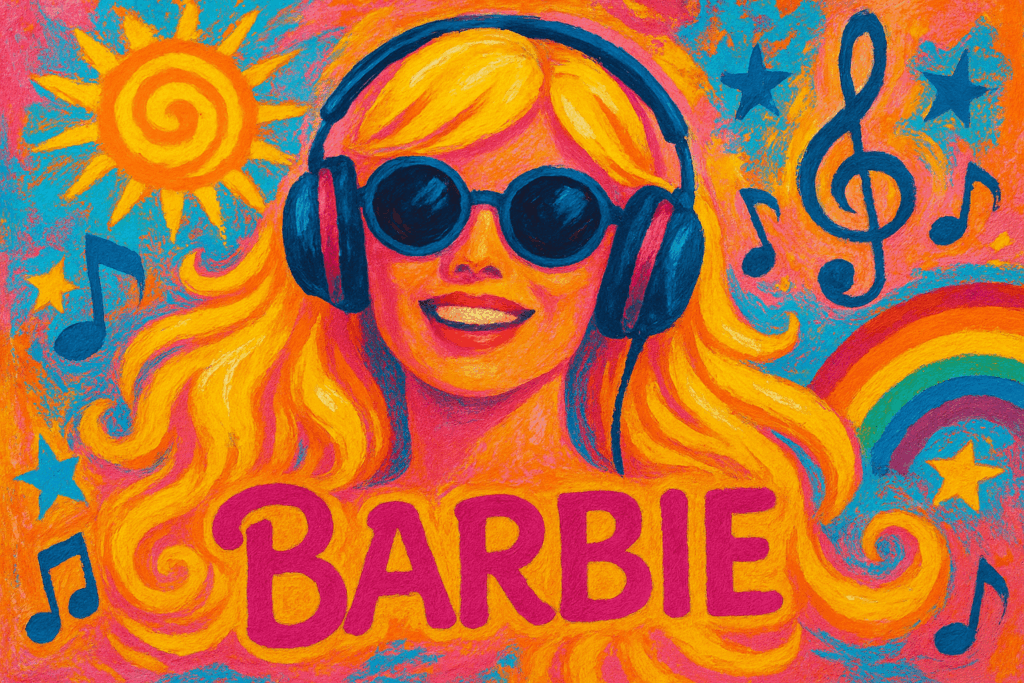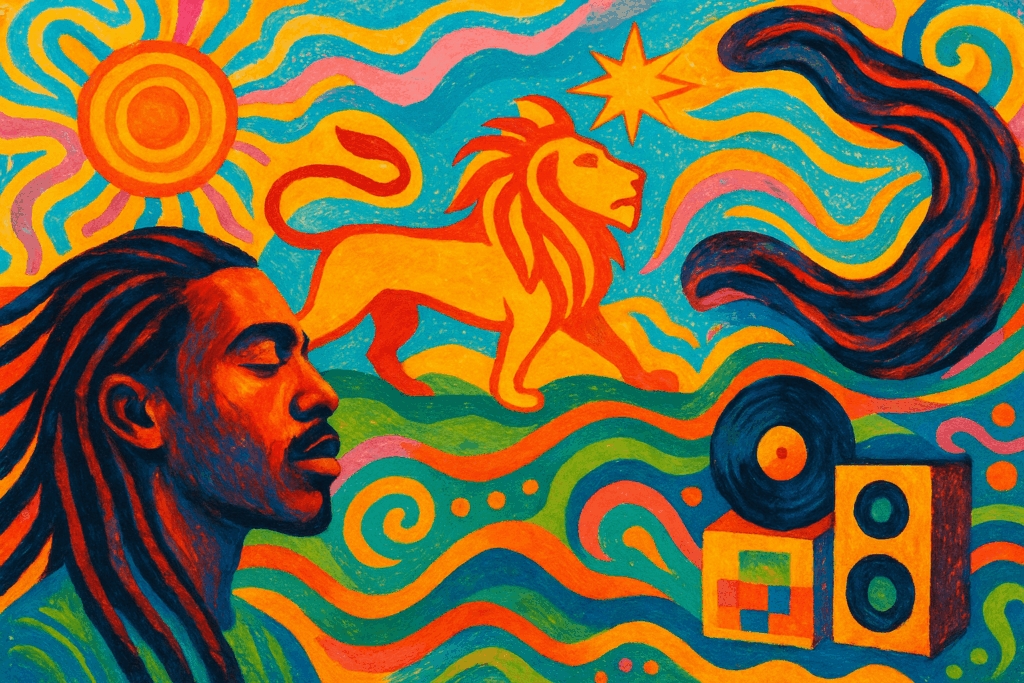The Digital Divide: “Egypt” and “Masr” Defined
The “Egypt vs. Masr” trend has emerged across platforms like TikTok, using humor to contrast two distinct realities within the same nation. “Egypt” here symbolizes the affluent, often Westernized elite who reside in gated communities and primarily speak English. Meanwhile, “Masr,” the Arabic word for Egypt, represents the majority population embracing traditional lifestyles, Arabic language, and everyday struggles in the bustling urban and rural areas.
Culture, Class, and Identity at Play
This digital phenomenon exposes more than just economic differences; it highlights how language and lifestyle choices act as markers of social status and identity. The affluent “Egypt” often distances itself culturally by adopting English and Western habits, while “Masr” clings to local traditions and Arabic usage, underlining tensions between global aspirations and cultural heritage.
In everyday life, these divisions are evident through contrasting living environments such as Cairo’s exclusive compounds versus crowded neighborhoods, and interactions that showcase differing values and social expectations. The trend’s humor masks a serious reality where cultural erosion and classism challenge national unity.
Beyond the Humor: A Mirror to Reality
Although presented humorously, the “Egypt vs. Masr” trend reveals unsustainable social divides. It acts as a candid reflection of how economic inequality deepens cultural fragmentation and strains the interconnectedness crucial for Egypt’s societal cohesion. Social media transforms these insights into accessible social commentary, prompting reflection on how these dual identities shape the country’s future.
The trend questions the sustainability of a society split between contrasting worlds within a single nation. It draws attention to urgent conversations about preserving cultural identity amid modernization and economic disparities, all while illustrating how digital humor can provide a powerful platform for social critique.




